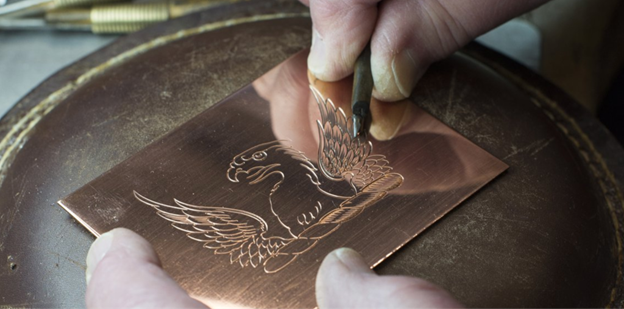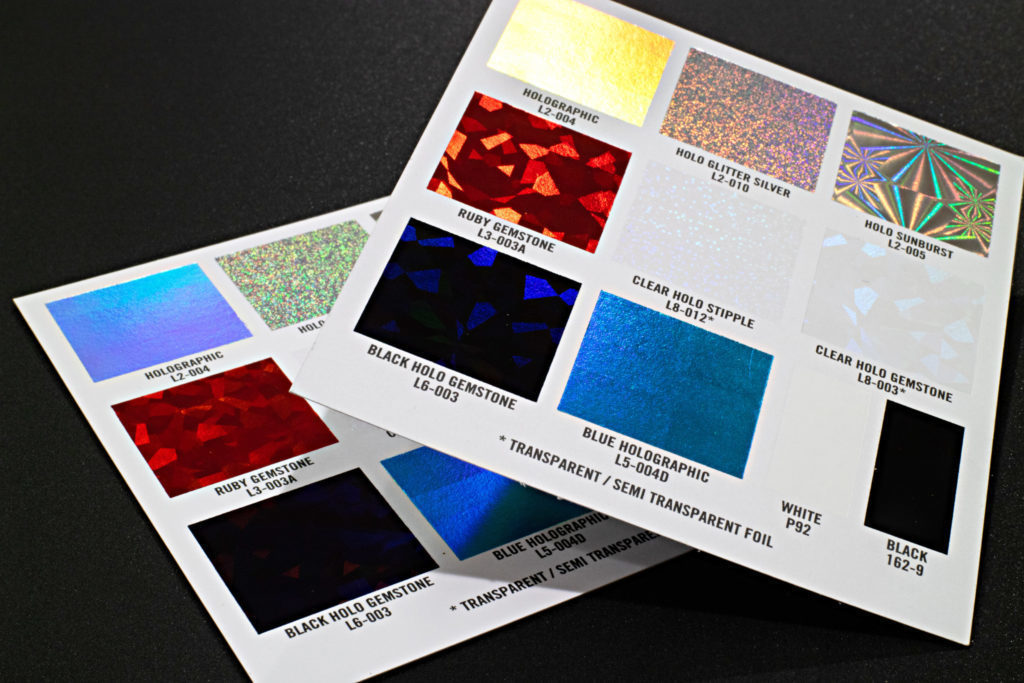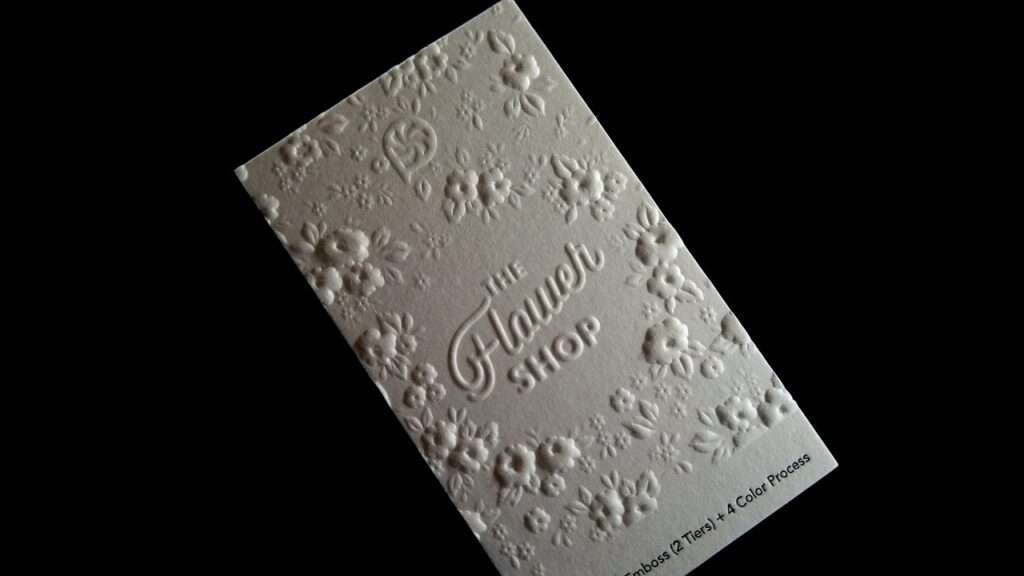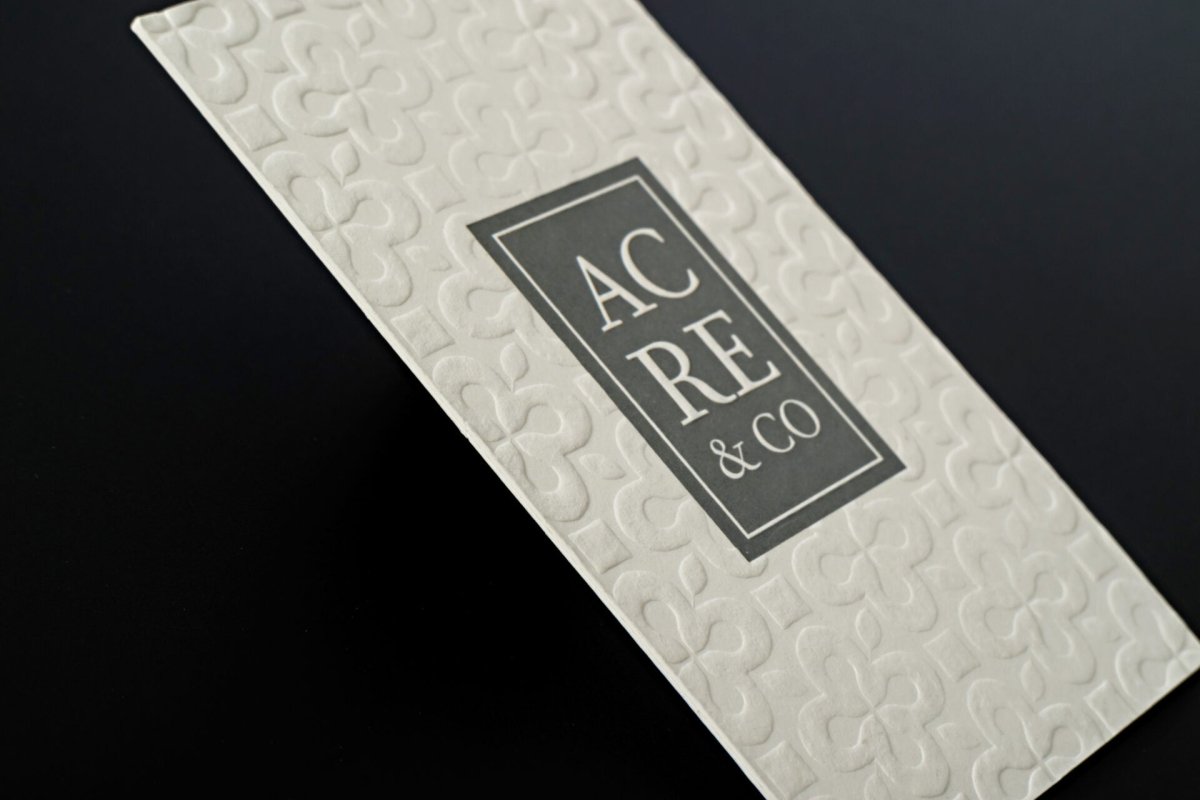
Metal Engraving: A Peek into Materials, Tools, and Techniques
Blog AdminShare
Engraving, an ancient form of expression, has been a part of human civilization for thousands of years. From intricate details on jewelry to artistic carvings on monuments, engraving has seen various forms and applications.
In the modern world, one form that has gained popularity is metal engraving, primarily due to its durability and versatile applications.
This article explores the world of metal engraving, focusing on the materials used, the tools required, and the different techniques employed.
Best Laser Engravers for Metal
In the realm of metal engraving, laser engravers have emerged as a popular choice due to their precision, speed, and versatility. Here are some top laser engravers that provide excellent performance for metal engraving.

Orion Motor Tech 50W CO2 Laser Engraver
The Orion Motor Tech 50W CO2 Laser Engraver is renowned for its versatility and robustness. It can engrave several types of metal, including stainless steel, along with a variety of other materials. It features a large engraving surface and a user-friendly software interface.
TEN-HIGH CO2 Engrave Machine
The TEN-HIGH CO2 Engrave Machine offers a balance between affordability and functionality. It's suitable for engraving a wide range of metals and provides adjustable speed and power settings to optimize engraving results.
Triumph Fiber Laser Marking Machine
This professional-grade machine is known for its precision and reliability. The Triumph Fiber Laser Marking Machine is highly suitable for engraving complex designs on various types of metals with its high-powered laser and precise marking ability.
The Materials: Choosing the Right Metal for Engraving
The art of metal engraving is a meticulous process that requires a deep understanding of the materials at hand. The choice of metal is a determining factor in the outcome of the engraving, affecting both its aesthetic appeal and longevity.
Aluminum
Aluminum is a frequent choice for engraving, prized for its softness which makes the engraving process relatively easy. This lightweight metal's pliability allows for precision and detail in the engraved designs, a factor that has seen it widely utilized in making plaques, trophies, and nameplates.

Aluminum is also resistant to rust and corrosion, adding to its durability. Despite its relative softness compared to other metals, engraved aluminum products can withstand time and elements, particularly when anodized to add a protective layer.
Stainless Steel
Stainless steel stands out as one of the most durable materials for engraving. Its resistance to corrosion, heat damage, and staining makes it ideal for engravings meant for the long haul, particularly those placed outdoors.

It is commonly employed for engraving industrial tags, outdoor signage, memorial plaques, and durable jewelry. Given its strength, laser engraving is often used for stainless steel to achieve precise, clean-cut lines.
While it may be a bit more challenging to engrave than aluminum, the resultant high-quality, sophisticated finish makes it a worthwhile choice.
Brass
Brass, an alloy of copper and zinc, is beloved for the vintage and aesthetic appeal it brings to engraved items. Its distinctive warm golden color provides a classic backdrop that highlights engraved details beautifully, resulting in a finished product that exudes an old-world charm.

Brass is popular for engraving decorative items, antique reproductions, nameplates, and jewelry. However, it's essential to note that brass can tarnish over time, and thus, engraved brass items may need periodic cleaning and polishing to maintain their luster.
By understanding the properties and advantages of these different metals, you can make an informed choice on the best material for your engraving project. It's not just about aesthetics, but also about the purpose, durability, and the environment in which the engraved item will be used.
Techniques of Metal Engraving
Metal engraving has been practiced for centuries, undergoing significant evolution in terms of techniques and tools. Today, engraving encompasses a wide range of methods, each providing unique outcomes in terms of depth, style, and appearance.
Rotary Engraving
Rotary engraving is a method that involves the use of a rotating cutting tool in a motorized spindle to cut into the metal surface. The rotating cutter can be adjusted to create engravings of different depths and dimensions, allowing for detailed and intricate designs.

It is ideal for engraving both flat and curved surfaces and can be used on a wide variety of metals. While rotary engraving is machine-based, it requires skilled handling, particularly in controlling the depth of the engraving and maneuvering the cutter for complex designs.
Laser Engraving
Laser engraving stands out for its precision and high-tech approach. It uses a laser beam to heat the metal surface, causing it to vaporize or change color, thereby creating the engraving. Laser engraving machines are typically computer-controlled, allowing for high-contrast, precise, and consistent engravings.

The non-contact nature of laser engraving reduces the risk of the material being damaged or deformed, making it an excellent option for delicate and thin metals. It is particularly popular in the production of barcodes, QR codes, logos, and intricate designs.
Hand Engraving
Despite the advent of machine engraving, hand engraving still holds its ground as a cherished traditional method. Hand engraving employs a handheld tool known as a graver or burin to cut the metal.

The graver is manually pushed along the metal to incise the design. This method, though time-consuming, allows for a high level of customization and offers a distinct artistic control that machine engraving may not replicate.
Each hand-engraved piece is unique, carrying the touch of the artisan's hand. This technique is often used for personalized jewelry, fine art, and custom firearms, where the emphasis is on uniqueness and craftsmanship.
These techniques each have their strengths and ideal applications. The choice between them depends on various factors such as the type of metal, the intricacy of the design, the time available, and the desired aesthetic.
Final Remarks
Metal engraving is a fascinating and rewarding craft that requires a high level of skill, precision, and creativity. The art of metal engraving has been practiced for centuries, and it continues to thrive today due to its timeless appeal and versatility.
From decorative objects to industrial or commercial applications, metal engraving can be used to create intricate designs that are both beautiful and functional.
With the advent of modern tools and techniques, the process of metal engraving has become more streamlined, efficient, and accessible than ever before, making it possible for anyone with an interest to try their hand at this rewarding craft.


